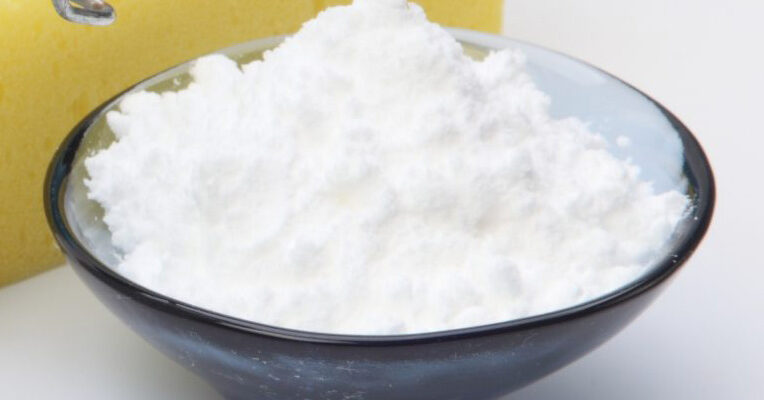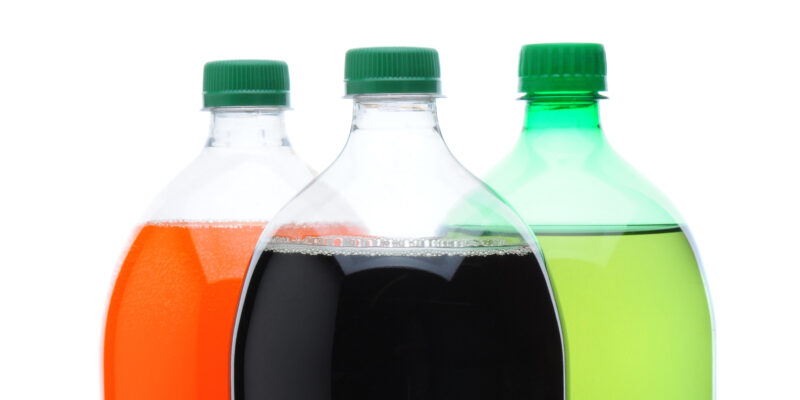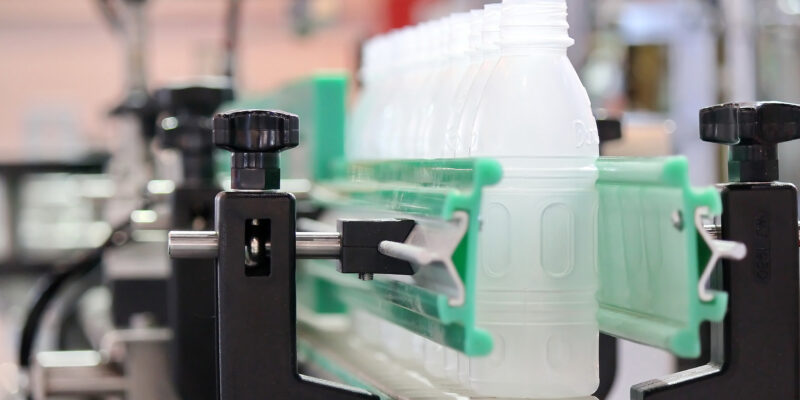Key Points/Overview
The vinyl acetate used in the manufacture of polymers is completely consumed and there is only residual, if any, potential exposure to VAM itself in these products.
The FDA has determined that VAM may be safely used as a coating in plastic films for food packaging and as a food starch modifier.
The CDC’s Agency for Toxic Substances and Disease Registry states that studies have shown that once ingested by nose or mouth, vinyl acetate is quickly distributed through the body and removed. It breaks down quickly and leaves the body through the breath and small amounts will leave the body through urine and waste.
In industrial settings workers are protected from exposure to vinyl acetate with equipment design, protective gear and monitoring. OSHA has set specific limits for worker exposure to vinyl acetate that manufacturers must abide by.
Uses & Benefits
VAM-based polymers, including vinyl chloride-vinyl acetate copolymer, polyvinyl acetate (PVA) and polyvinyl alcohol (PVOH), are used in a variety of applications.
When polymers are made using VAM, the vinyl acetate used in their manufacture is completely consumed, which means that there is only residual if any potential exposure to VAM itself in these products.

Adhesives and Glues
PVA has strong adhesion properties for a variety of materials, including paper, wood, plastic films and metals, and is a key ingredient in wood glue, white glue, carpenter’s glue and school glue. PVOH is used for adhesive packaging films; it is water-soluble and remains flexible as it ages.

Paints
VAM-based polymers are used in the production of many interior latex paints as the ingredient that provide adhesion of all the ingredients and the luster of the finish.

Textiles
PVOH is used in textile manufacturing for warp sizing, a process by which textiles are coated with a protective film to minimize breakage during weaving.

Coatings
PVOH is used in photosensitive coatings. It is also used in the manufacture of polyvinyl butyral (PVB), a resin that has strong adhesion, clarity and toughness properties. PVB is mainly used in laminated glass for automobiles and commercial buildings; it provides a protective and transparent interlayer that is bonded between two panes of glass. It can also be used in coatings and inks. VAM-based derivatives are also used as a coating in plastic films for food packaging.

Food Starch Modifier
VAM can be used as an ingredient in food starch modifiers. Modified food starch is typically used as a food additive for the same reasons conventional starches are used: to thicken, stabilize or emulsify food products like soups, sauces and gravy.

Thickeners
PVOH is used as a thickening agent in some liquids. Thickening agents can be added to some liquids to help treat dysphagia, or swallowing difficulty, and to help the contents of soft drinks to remain evenly distributed.

Insulation
VAM is consumed in the manufacture of ethylene vinyl acetate (EVA), used in wire and cable insulation due to its flexibility, durability and its flame-retardant properties.

Barrier Resin
A growing use of VAM is the manufacture of ethylene vinyl alcohol (EVOH), which is used as a barrier resin in food packaging, plastic bottles, and gasoline tanks, and in engineering polymers. Barrier resins are plastics used in food packaging to help prevent gas, vapor or liquid penetration and help keep food fresh.

Safety Information
Vinyl Acetate Hazards
VAM is highly flammable and may be ignited by heat, sparks, or flames. The Vinyl Acetate Council, which represents VAM manufacturers, has published a safe handling guide to provide guidance on the safe use of vinyl acetate in facilities where it is manufactured, as well as transporting and storing vinyl acetate.
Consumer Exposure
Consumers may come into contact with some of the polymers made from VAM noted in the “Uses and Benefits” section above, such as glues and paints, but exposures are expected to be very low. The U.S. Food and Drug Administration (FDA) has determined that vinyl acetate may be safely used as a coating in plastic films for food packaging, and as a food starch modifier.
The Centers for Disease Control and Prevention’s Agency for Toxic Substances and Disease Registry states that studies have shown that once ingested by nose or mouth, vinyl acetate is quickly distributed through the body and removed. It breaks down quickly and leaves the body through the breath. Small amounts will also leave the body through urine and waste.
Industrial Exposure
In industrial settings workers are protected from exposure to vinyl acetate with equipment design, protective gear and monitoring. The U.S. Occupational Safety and Health Administration (OSHA) has set specific limits for worker exposure to vinyl acetate that manufacturers must abide by.
Acute (short-term) inhalation exposure of workers to vinyl acetate in facilities where it is manufactured can result in eye irritation and upper respiratory tract irritation. Chronic (long-term) occupational exposure has not been shown to result in any severe adverse effects in workers; some instances of upper respiratory tract irritation, cough and/or hoarseness were reported. The U.S. Environmental Protection Agency (EPA) has not classified vinyl acetate for carcinogenicity in humans.


